Introduction
The documentary project was a chance for me to challenge myself and produce something that could have a real-world impact on society. For me, however, it was particularly difficult to reach out to businesses and organizations that would be willing to accommodate me, so I chose something that was easily accessible but still a relevant issue today: the truths of STEM education. This field is generally misconceived by the public, so my documentary acts as a way to reveal what STEM is truly about. I was mostly inspired to write about this subject because it was a topic I could relate to well since I am most likely entering a STEM subject in college.
Documentary Paper
In English, I wrote a full-length documentary paper about STEM education and what it really means. This process took months and required in-depth research as well as interviews in order to complete. After being denied access to several organizations for interviews, I found a topic that was reasonable and still an interesting subject. The complete paper is shown below:
Documentary Animation
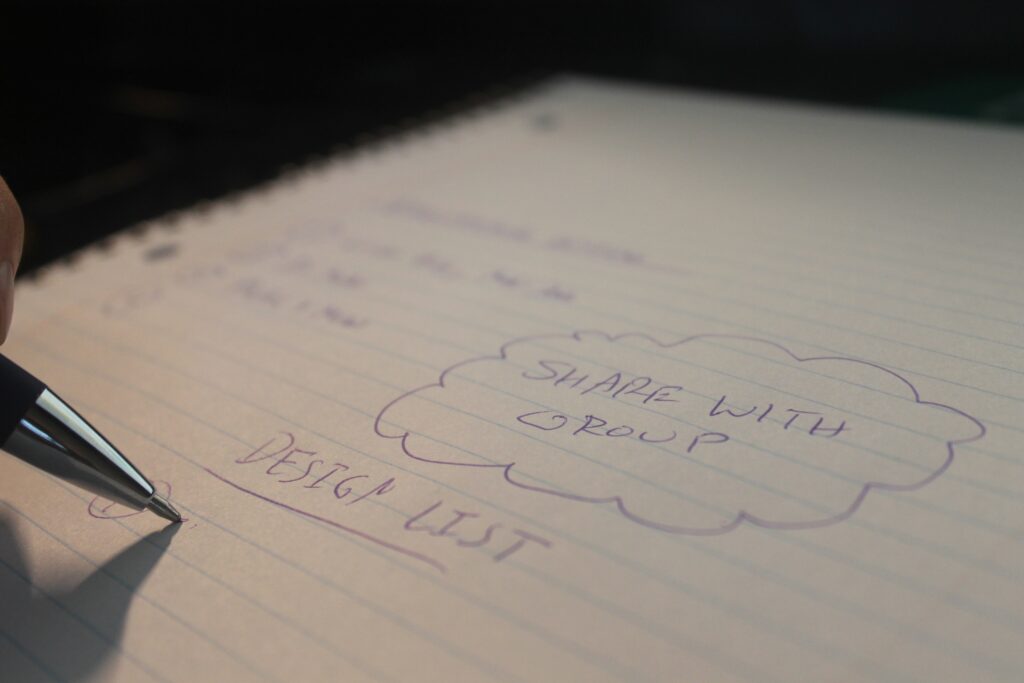
In my animation class, I adapted my documentary paper into animation form, adding animated visuals to more creatively express my ideas. For this animation, I wanted to try something different from what I usually do, so I used Adobe Animate and After Effects to create clean, vector-based animations instead of frame-by-frames. I am overall proud of the result, although I feel like I could have done more if I had more time.
I started this project off by creating a storyboard, which would act as my reference throughout the process. I knew I wanted to use vector animation right when I began the project, so I kept that in mind while drafting the animation. My final animation looks fairly similar to
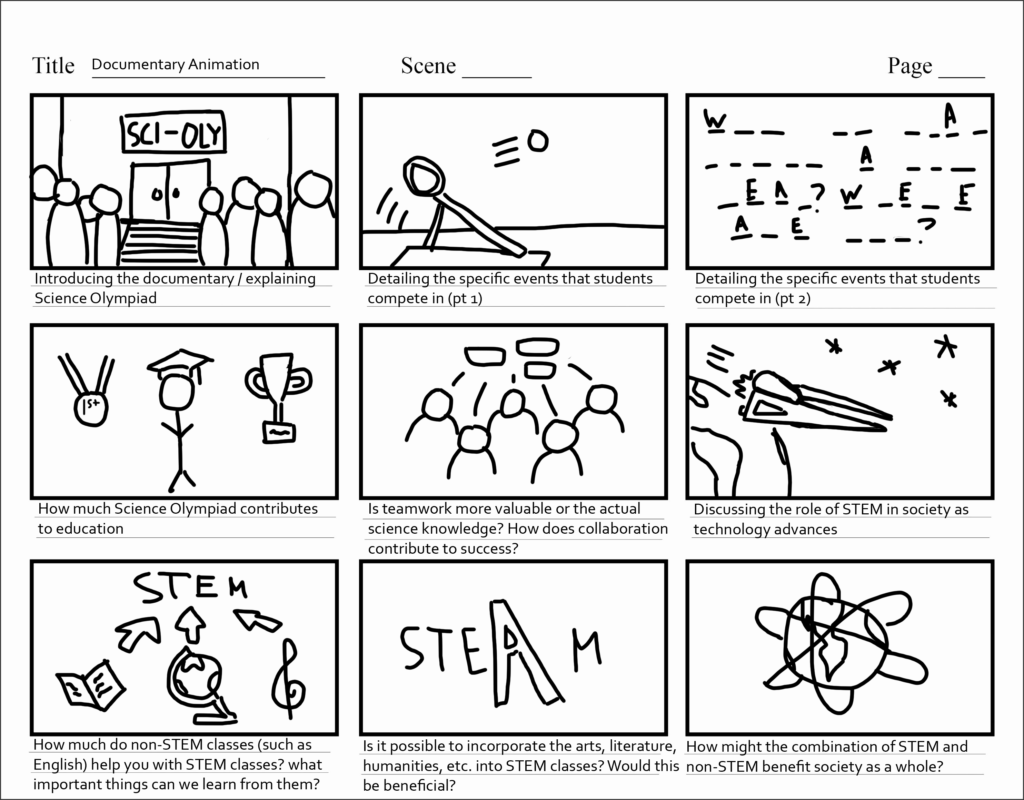
After this, I began work on animating the intro sequences of my documentary using Animate. I did not know how to use Animate beforehand, so I had to learn as I made the animation, which proved to be time-consuming. Even after I learned the basics, I still found Animate to be difficult and unwieldy to use, so after animating about 2 scenes, I switched to After Effects. After Effects has similar capabilities to Animate and still allowed me to create what I had envisioned. Some screenshots of the animation process are shown below:


The final product was assembled in Adobe After Effects and consists of all the mini-clips I created throughout the project. I also added music, sound effects, and automations to finalize the product. This is what it looks like:
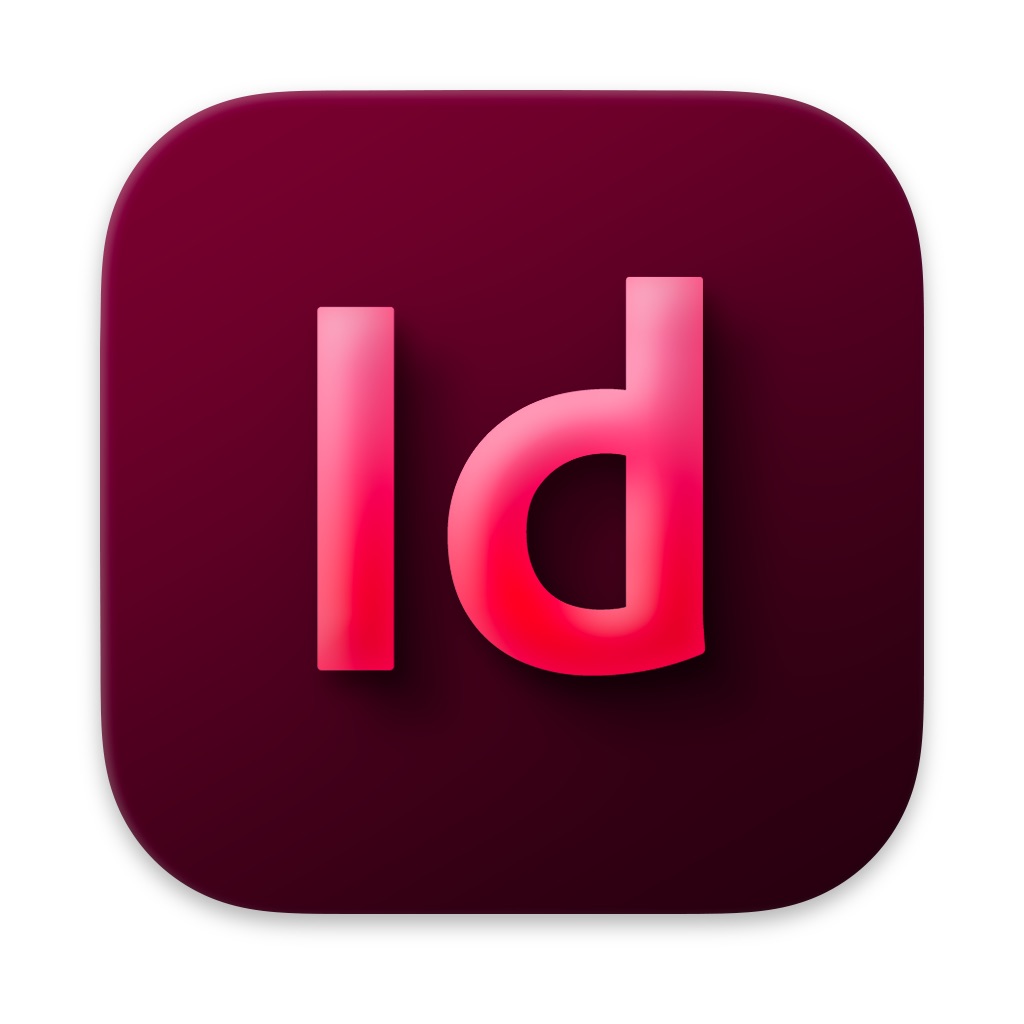
Documentary Magazine Article
In Digital Media, I created a professional magazine article based on the documentary I wrote. I used Adobe InDesign for this product, which was an interesting experience since I was not familiar with the application beforehand. I am very satisfied with the result and I think this is one of my best productions in Digital Media thus far.
To familiarize myself with InDesign, I created a simple one-page flyer advertising a fictional event. This was done pre-documentary and allowed me to prepare myself to make the real magazine article.
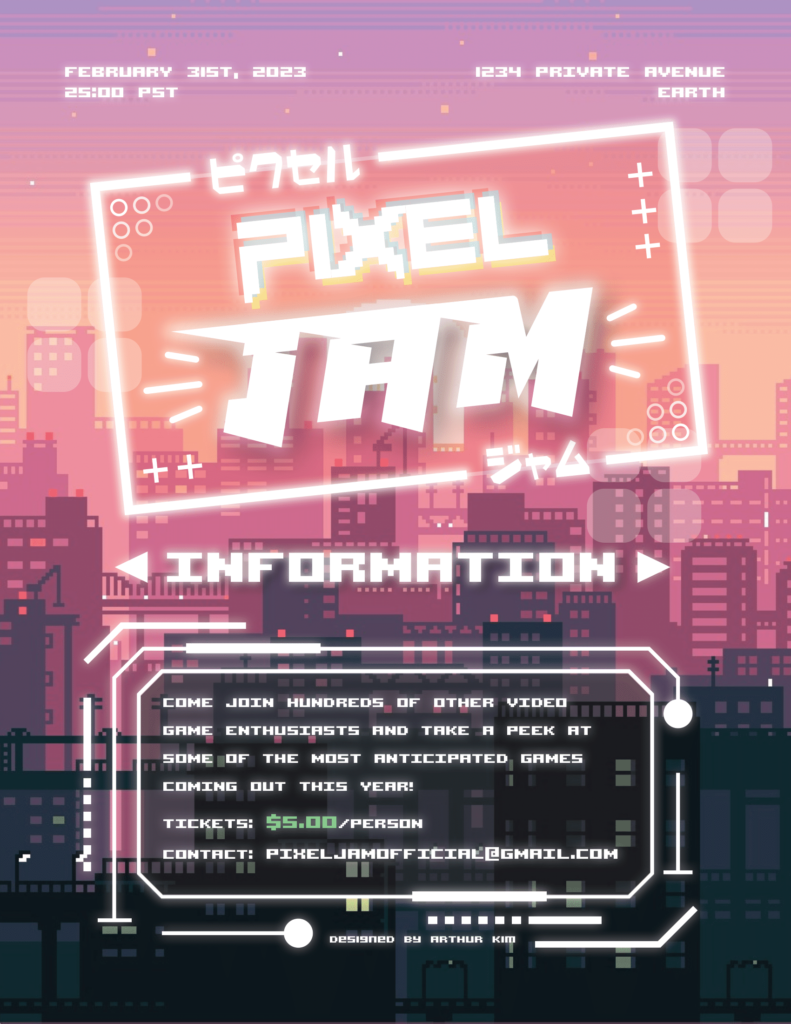
I then moved on to the documentary magazine article. My topic, as mentioned earlier, was about the truths behind STEM education and its relevance in society. To play upon the theme of “STEM” I went for a mostly green, natural theme with some roots in the background, which lined up with my title.
Interviewee Bio

Daniel Lief is a student at Mountain View High School. He currently participates in the Mountain View High Science Olympiad program, which was a key source in my documentary paper. He enjoys coding and has participated in many Hackathons and Game Jams. Lief hopes to pursue computer science as a career in the future.
Reflections
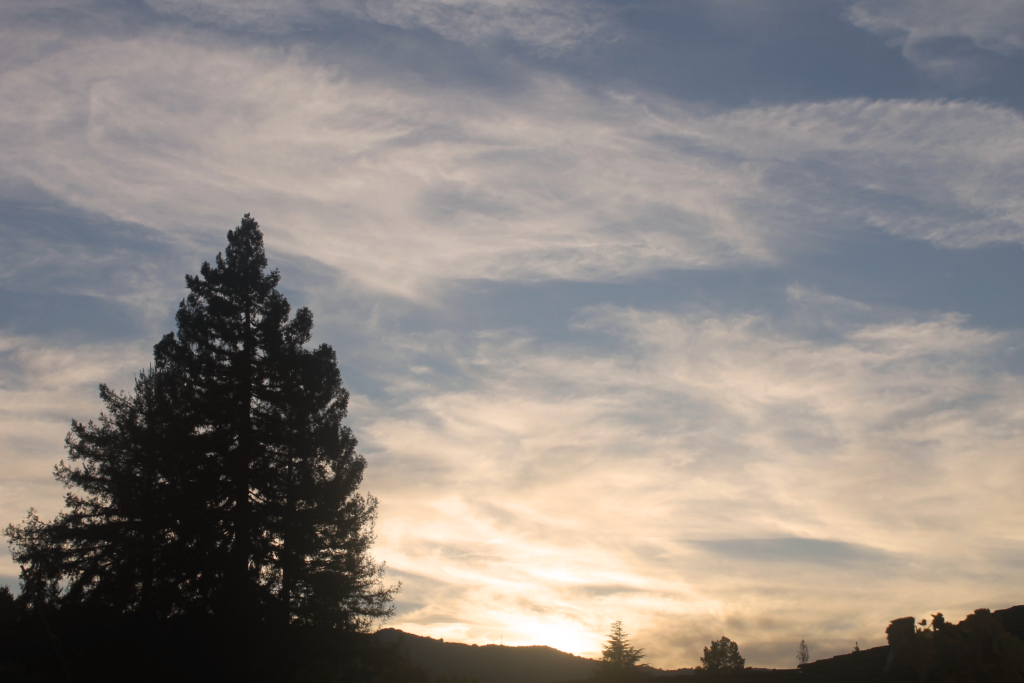
This unit contained the most challenging and complex projects that I had done all year, and I am proud that I was able to produce my own documentary article, magazine, and animation. Because this was my first piece of nonfiction work at Freestyle, I definitely took away some valuable aspects from this project. My biggest takeaway was that creating nonfiction works is a lot more tedious and time-consuming than fiction, especially when gathering sources and interviews. At the same time, however, the documentary project is my greatest achievement at Freestyle and I am grateful that I had the opportunity to produce these creations.
Thank You
Thank you to Freestyle Academy for giving me the opportunity to do this. (Mr. Greco, Mr. Florendo, Mr. Cho). I would also like to thank Daniel Lief for willing to be an interviewee for this project. I hope everyone enjoys what I have made.

